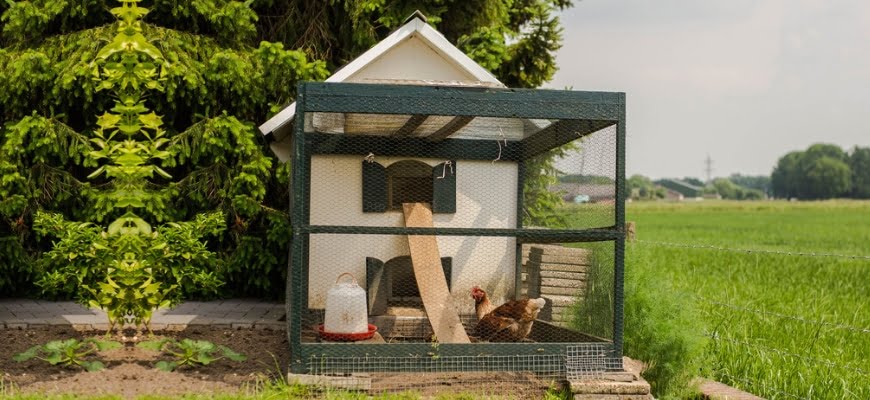Poultry farming has undergone significant changes in recent years, with more and more farmers opting for intensive and large-scale breeding methods. These farms require a significant amount of space, and traditional farming methods can no longer cater to the growing demand for poultry. Layer cages have become increasingly popular among farmers looking to maximize their space and improve their productivity.

Layer cages are structured to accommodate a certain number of chickens per cage, and this has led to discussions on the ideal density for layer cages. The density of layer cages refers to the number of chickens housed per unit of surface area, and it has been a subject of controversy among stakeholders in the poultry industry.
The ideal density for layer cages is pegged at between 550 and 670 square centimeters per bird. This means that each bird should have enough space to stretch its wings and move around comfortably. Anything below this density can lead to overcrowding, which results in stress, disease, and cannibalism among the birds.
Overcrowding is a significant challenge in traditional poultry farming, where birds are allowed to roam freely. However, with layer cages, farmers can control the density of their flocks, ensuring that each bird has enough room to move around. This results in healthier birds, which produce better quality eggs.
Layer cages are designed with various tiers for birds, and each tier can accommodate a specific number of birds. The number of birds housed per tier depends on the size of the cage and the bird's weight. In general, larger birds require more space, and as such, the density should be adjusted to ensure they have enough space to move around.
Farmers must also consider other factors such as the type of feed, water, and lighting provided to the birds. These factors can affect the bird's behavior, and as such, the density of the flock should be adjusted accordingly.
The ideal density for layer cages has been a subject of debate among animal welfare groups, with some arguing that cages limit the bird's movement and expose them to stress. These groups advocate for free-range farming, where birds have access to more space and can move around freely.
However, it's essential to note that free-range farming has its challenges, with birds exposed to the risk of predators, diseases, and adverse weather conditions. Additionally, free-range farming is not suitable for large-scale poultry farming, which requires significant space and resources.
Layer cages have proven to be an efficient way of rearing poultry, with farmers able to maximize their space and improve their productivity. The cages allow farmers to control the density of their flocks, ensuring that each bird has enough room to move around and produce high-quality eggs.
In conclusion, the density of layer cages is an essential factor to consider in poultry farming. Farmers should ensure that each bird has enough space to move around comfortably and avoid overcrowding, which can lead to stress and disease among the flock. By investing in smart raising solutions like layer cages, farmers can achieve modern farms with sustainable income and improve their farm efficiency.